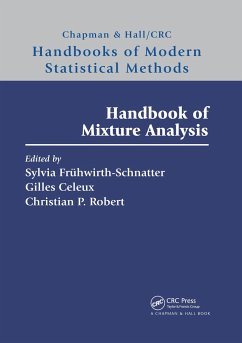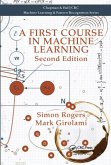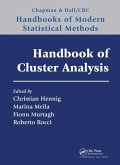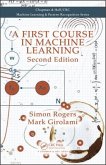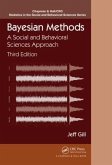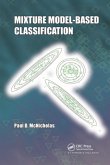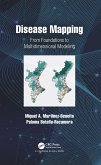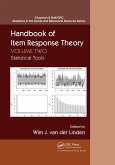Mixture models have been around for over 150 years, and they are found in many branches of statistical modelling, as a versatile and multifaceted tool. They can be applied to a wide range of data: univariate or multivariate, continuous or categorical, cross-sectional, time series, networks, and much more. Mixture analysis is a very active research topic in statistics and machine learning, with new developments in methodology and applications taking place all the time.
The Handbook of Mixture Analysis is a very timely publication, presenting a broad overview of the methods and applications of this important field of research. It covers a wide array of topics, including the EM algorithm, Bayesian mixture models, model-based clustering, high-dimensional data, hidden Markov models, and applications in finance, genomics, and astronomy.
Features:
Provides a comprehensive overview of the methods and applications of mixture modelling and analysisDivided into three parts: Foundations and Methods; Mixture Modelling and Extensions; and Selected ApplicationsContains many worked examples using real data, together with computational implementation, to illustrate the methods describedIncludes contributions from the leading researchers in the field
The Handbook of Mixture Analysis is targeted at graduate students and young researchers new to the field. It will also be an important reference for anyone working in this field, whether they are developing new methodology, or applying the models to real scientific problems.
The Handbook of Mixture Analysis is a very timely publication, presenting a broad overview of the methods and applications of this important field of research. It covers a wide array of topics, including the EM algorithm, Bayesian mixture models, model-based clustering, high-dimensional data, hidden Markov models, and applications in finance, genomics, and astronomy.
Features:
Provides a comprehensive overview of the methods and applications of mixture modelling and analysisDivided into three parts: Foundations and Methods; Mixture Modelling and Extensions; and Selected ApplicationsContains many worked examples using real data, together with computational implementation, to illustrate the methods describedIncludes contributions from the leading researchers in the field
The Handbook of Mixture Analysis is targeted at graduate students and young researchers new to the field. It will also be an important reference for anyone working in this field, whether they are developing new methodology, or applying the models to real scientific problems.
"This is another handbook in the remarkable series by CRC Press, which now consists of 21 volumes. The book has 19 chapters, split in to three parts: Foundations and Methods, Mixture Modelling and Extensions, and Selected Applications. Many first-class statisticians have contributed to the book. The editors have taken their coordinating task seriously, even organizing a workshop in Vienna. The balance between the chapters is quite good and the notation is streamlined... To summarize, I can recommend this handbook... The technical quality of typesetting and printing is high."
- Paul Eilers, Erasmus University Medical Centre, Netherlands, Appeared in ISCB News, January 2020
"...this is an excellent reference book on mixture models. The different chapters cover the basics as well as the details of specific topics in mixture models, so this handbook will appeal to researchers willing to start with mixture models and others with a stronger background in the field. The contents can well be used to prepare introductory or advanced courses on the subject, and the references on packages for the R programming language can be a starting point to develop hands-on training materials for computer laboratories."
- Virgilio Gómez-Rubio, Universidad de Castilla-La Mancha, Albacete, Spain
- Paul Eilers, Erasmus University Medical Centre, Netherlands, Appeared in ISCB News, January 2020
"...this is an excellent reference book on mixture models. The different chapters cover the basics as well as the details of specific topics in mixture models, so this handbook will appeal to researchers willing to start with mixture models and others with a stronger background in the field. The contents can well be used to prepare introductory or advanced courses on the subject, and the references on packages for the R programming language can be a starting point to develop hands-on training materials for computer laboratories."
- Virgilio Gómez-Rubio, Universidad de Castilla-La Mancha, Albacete, Spain

